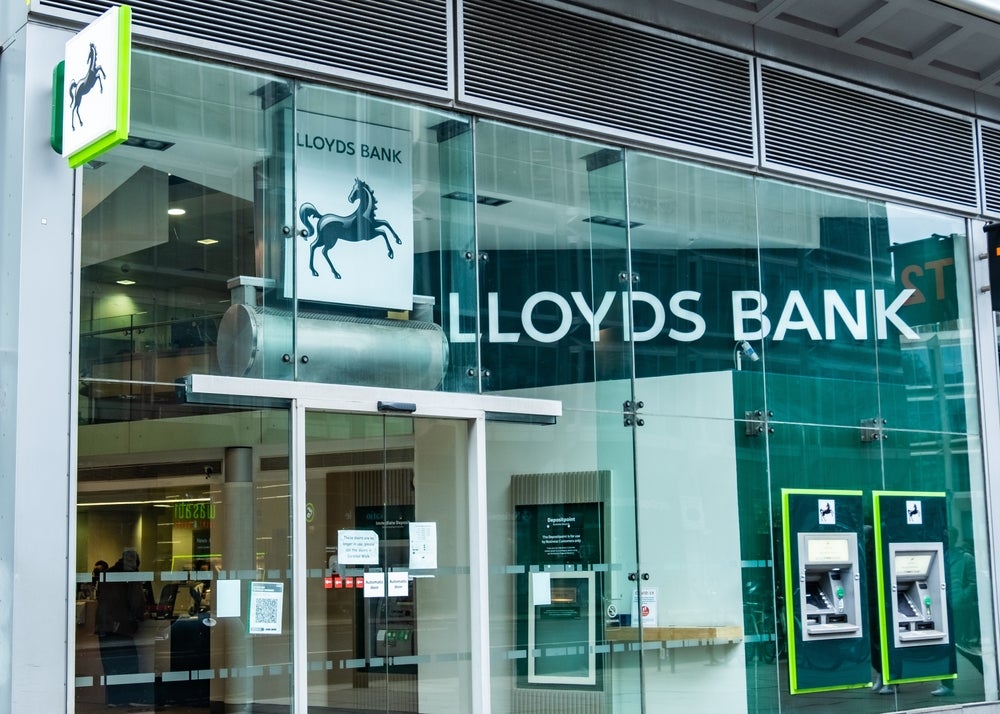The percentage of US unbanked households in 2017 is 6.5%. This is the lowest US unbanked rate recorded since the FDIC first tracked the stat in 2009.
The US unbanked household rate is down from 7.0% in 2015 and a high of 8.2% in 2011.
The 2017 US unbanked numbers equate to 14.1 million adults or 8.4 million households not having a checking or savings account.
“The good news is that our nation’s banking system is serving more American households than ever before. The bad news is that even as the overall number of people who are unbanked has declined, 8.4 million households continue to lack a banking relationship,” said FDIC Chairman Jelena McWilliams.
The decline in the unbanked rate can be explained almost entirely by improvements in the socioeconomic circumstances of US households.
US underbanked rate drops to 18.7%
The number of underbanked US households is also down compared to 2015 levels. In 2017, 18.7% percent of US households are considered underbanked. This equates to approximately 48.9 million adults in 24.2 million households.
How well do you really know your competitors?
Access the most comprehensive Company Profiles on the market, powered by GlobalData. Save hours of research. Gain competitive edge.

Thank you!
Your download email will arrive shortly
Not ready to buy yet? Download a free sample
We are confident about the unique quality of our Company Profiles. However, we want you to make the most beneficial decision for your business, so we offer a free sample that you can download by submitting the below form
By GlobalDataFor purposes of the survey, the term underbanked refers to households that had an account at an insured institution but also obtained financial products or services outside of the banking system.
Banking status in 2017 varies considerably across the US population. Unbanked and underbanked rates are higher among a number of segments. These include lower-income households, less-educated households and younger households. Black and Hispanic households, households headed by working-age individuals with a disability, and households with incomes that tend to vary from month to month also feature disproportionately.
Mobile banking rates double in 4 years
Mobile banking use continues to soar. M- banking is now used by 40.4% of banked US households to access their account. This rate is almost double the 23.2% rate of 2013.
Around 86% of banked households visited a bank branch in the past 12 months, according to the FDIC. More than a third, 35.4% visited ten or more times. This holds true for households that use online or mobile banking as their primary means for accessing their accounts.
Some 81% of banked households using mobile banking as their primary method visited a branch in the past 12 months. In addition, nearly one-quarter (23%) visited ten or more times.






